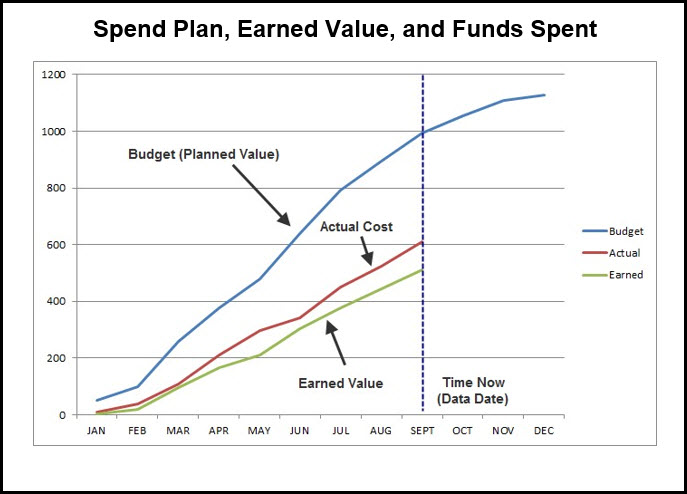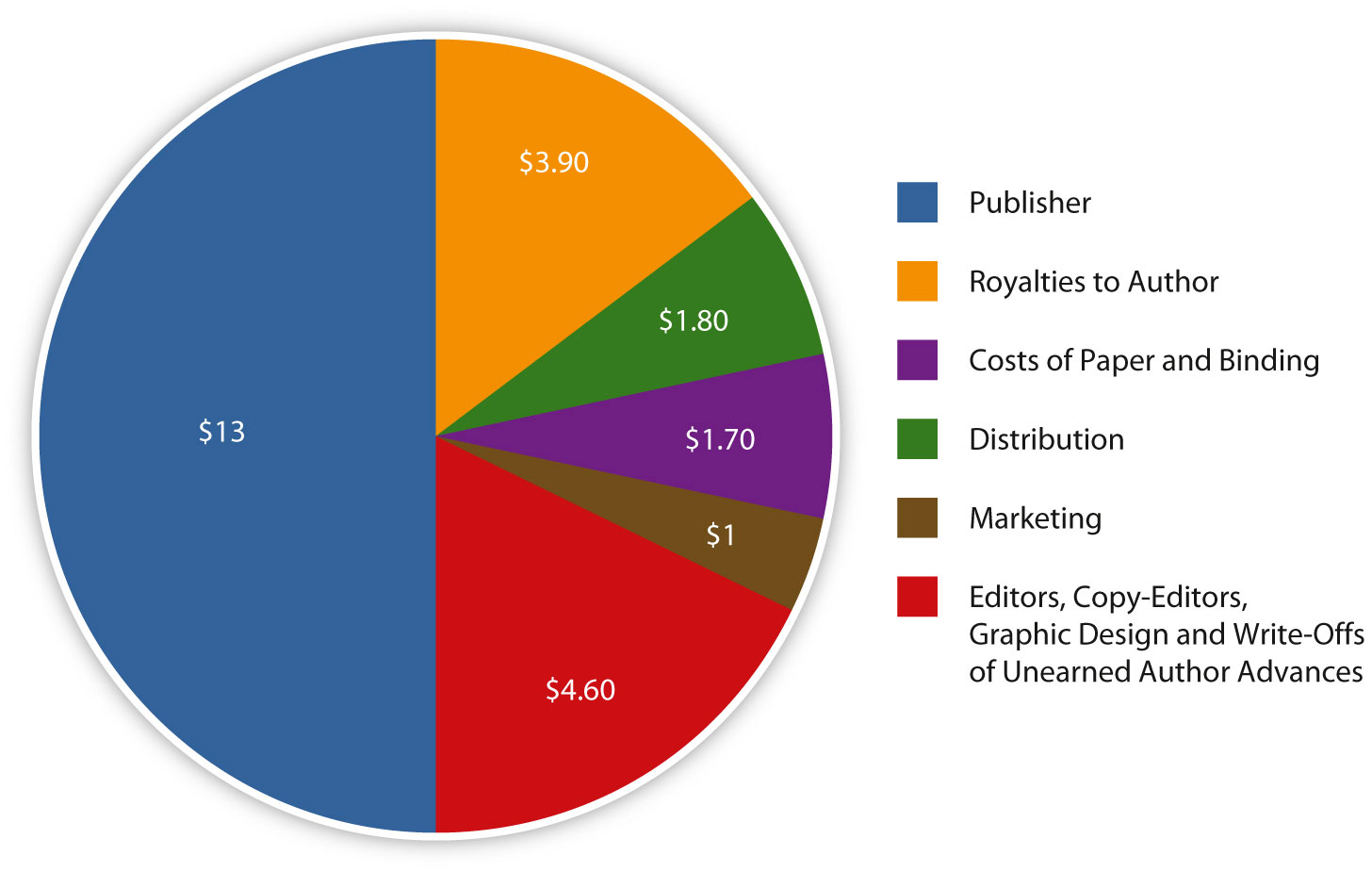Uncovering the Truth About Author Earnings
The world of writing is often shrouded in mystery, with many aspiring authors wondering how much they can expect to earn from their craft. The question of how much does a novelist earn is a common one, with many people assuming that successful authors are rolling in wealth. However, the reality is often far more nuanced. In fact, many novelists struggle to make a living from their writing alone, with some relying on other sources of income to supplement their earnings.
Despite the challenges, many writers are drawn to the creative freedom and personal fulfillment that comes with writing a novel. However, it’s essential for aspiring authors to have a realistic understanding of the financial aspects of a writing career. This includes understanding the various factors that influence a novelist’s income, such as genre, book format, and publishing route.
For example, authors who write in popular genres such as romance or thriller may have an easier time finding readers and generating income than those who write in less popular genres. Similarly, authors who self-publish may have more control over their earnings, but they also take on more financial risk. Understanding these factors can help writers make informed decisions about their career and increase their chances of success.
So, how much does a novelist earn? The answer varies widely depending on the individual author and their circumstances. However, by understanding the financial realities of a writing career, aspiring authors can set themselves up for success and build a sustainable writing business. In the following sections, we’ll delve deeper into the factors that influence a novelist’s income and explore the pros and cons of traditional and self-publishing.
Factors Influencing a Novelist’s Income
When it comes to understanding how much a novelist can earn, it’s essential to consider the various factors that impact their income. These factors can be broadly categorized into four main areas: genre, book format, publishing route, and marketing efforts.
Genre is a crucial factor in determining a novelist’s earnings. Different genres have varying levels of popularity and demand, which can affect the book’s sales and revenue. For example, romance novels tend to be more popular and lucrative than literary fiction. Understanding the genre’s market trends and reader preferences can help novelists make informed decisions about their writing and marketing strategies.
Book format is another significant factor influencing a novelist’s income. Hardcover, paperback, and e-book formats have different pricing structures, royalty rates, and distribution channels. E-books, for instance, often have higher royalty rates than print books, but their lower prices can result in lower overall earnings. Novelists need to consider the pros and cons of each format and choose the one that best suits their goals and target audience.
The publishing route is also a critical factor in determining a novelist’s earnings. Traditional publishing and self-publishing have different business models, royalty rates, and marketing strategies. Traditional publishing typically offers advances and professional editing, marketing, and distribution services, but the royalty rates are often lower. Self-publishing, on the other hand, allows novelists to maintain creative control and higher royalty rates, but they must handle the financial and logistical aspects of publishing themselves.
Marketing efforts are also essential in influencing a novelist’s income. Effective marketing strategies can increase book visibility, attract readers, and drive sales. Novelists need to develop a marketing plan that includes social media promotion, email marketing, book signings, and other activities to reach their target audience and build their author platform.
By understanding these factors and how they interact, novelists can make informed decisions about their writing career and increase their chances of success. In the next section, we’ll delve deeper into the traditional publishing model and explore how advances and royalties work.
Traditional Publishing: Advances and Royalties
In the traditional publishing model, authors typically receive an advance on their book’s earnings, followed by royalties on each sale. The advance is a payment made by the publisher to the author before the book is published, and it’s usually deducted from the author’s future royalties. The amount of the advance can vary widely, depending on the author’s platform, the book’s genre and quality, and the publisher’s expectations for the book’s sales.
For fiction books, advances can range from $1,000 to $100,000 or more, with an average advance of around $10,000 to $20,000. Non-fiction books often have higher advances, ranging from $10,000 to $500,000 or more. However, it’s worth noting that advances are not always a guarantee of success, and authors may not earn out their advance if their book doesn’t sell well.
Once the advance is earned out, authors begin to receive royalties on each sale. Royalty rates vary depending on the publisher and the book’s format, but typical rates range from 10% to 15% of the book’s cover price for hardcover books, and 25% to 50% for e-books. For example, if a hardcover book has a cover price of $25, the author might receive a royalty of $2.50 to $3.75 per sale.
While traditional publishing can offer a level of prestige and professional support, it’s essential for authors to understand the financial implications of this route. Authors may need to wait several months or even years to receive their royalties, and the amount they earn may be lower than they expect. However, for many authors, the benefits of traditional publishing outweigh the drawbacks, and the potential for higher earnings and greater exposure make it a worthwhile choice.
It’s also worth noting that traditional publishing contracts often include clauses that can affect an author’s earnings, such as subsidiary rights, film and TV options, and audiobook rights. Authors should carefully review their contracts and understand how these clauses can impact their income.
In the next section, we’ll explore the self-publishing route and discuss the financial pros and cons of this option.
Self-Publishing: The Financial Pros and Cons
Self-publishing has become a viable option for many writers, offering a range of benefits and drawbacks. One of the main advantages of self-publishing is the potential for higher royalty rates. While traditional publishers typically offer royalties of 10% to 15% of the book’s cover price, self-publishing platforms can offer rates of 30% to 70% or more.
However, self-publishing also requires authors to take on more financial risk. They must cover the costs of editing, formatting, cover design, and marketing, which can add up quickly. Additionally, self-published authors must handle the distribution and sales of their books, which can be time-consuming and require a significant amount of effort.
Popular self-publishing platforms like Amazon Kindle Direct Publishing (KDP), CreateSpace, and Smashwords offer a range of tools and services to help authors publish and distribute their books. However, these platforms also charge fees for their services, which can eat into an author’s profits.
For example, Amazon KDP offers a royalty rate of 70% for e-books priced between $2.99 and $9.99, but authors must pay a delivery fee of $0.15 per book. CreateSpace, on the other hand, offers a royalty rate of 60% for paperback books, but authors must pay a setup fee of $25.
Despite the financial risks, many authors have found success through self-publishing. By leveraging social media, email marketing, and other online platforms, self-published authors can reach a wide audience and build a loyal reader base.
However, it’s essential for authors to be aware of the potential pitfalls of self-publishing. Without the support of a traditional publisher, self-published authors must handle all aspects of the publishing process, from editing and formatting to marketing and distribution. This can be overwhelming, especially for new authors.
In the next section, we’ll explore strategies for increasing earning potential as a novelist, including building a loyal reader base, leveraging social media, and creating multiple income streams.
How to Increase Your Earning Potential as a Novelist
While there is no guaranteed formula for success, there are several strategies that novelists can use to increase their earning potential. One of the most effective ways to boost earnings is to build a loyal reader base. This can be achieved by writing high-quality books that resonate with readers, engaging with fans on social media, and offering exclusive content or promotions to loyal readers.
Another key strategy is to leverage social media to reach a wider audience. Platforms like Facebook, Twitter, and Instagram offer a range of tools and features that can help novelists connect with readers, promote their work, and build their author brand. By using social media effectively, novelists can increase their visibility, drive traffic to their website or online store, and ultimately boost their earnings.
Creating multiple income streams is also essential for novelists who want to increase their earning potential. This can include offering affiliate marketing, courses, or speaking engagements, as well as selling merchandise or other products related to their books. By diversifying their income streams, novelists can reduce their reliance on a single source of income and increase their overall earnings.
Additionally, novelists can consider offering their books in different formats, such as audiobooks or e-books, to reach a wider audience and increase their earnings. They can also use online platforms like Amazon Kindle Direct Publishing (KDP) or Apple Books to self-publish their work and retain more control over their earnings.
Finally, novelists can use data and analytics to track their sales, website traffic, and social media engagement, and use this information to inform their marketing and promotional efforts. By understanding their audience and what works best for them, novelists can optimize their strategy and increase their earning potential.
By implementing these strategies, novelists can increase their earning potential and build a sustainable writing business. In the next section, we’ll explore real-life examples of successful novelists’ earnings and analyze the factors that contributed to their financial success.
Real-Life Examples of Successful Novelists’ Earnings
While it’s difficult to determine exactly how much a novelist earns, there are several examples of successful authors who have publicly shared their income figures. For instance, author Hugh Howey has reported earning over $1 million in a single year from his self-published novels. Similarly, author Amanda Hocking has earned over $2 million from her self-published books.
Another example is author John Green, who has reported earning over $10 million from his traditionally published novels. Green’s success can be attributed to his strong online presence, engaging writing style, and ability to connect with his readers.
Author E.L. James is another example of a successful novelist who has earned millions from her books. Her Fifty Shades trilogy has sold over 150 million copies worldwide, earning her an estimated $95 million in 2012 alone.
These examples demonstrate that it is possible for novelists to earn significant amounts of money from their writing. However, it’s essential to note that these authors are exceptions rather than the rule. Most novelists will not earn millions from their writing, and it’s crucial to have realistic expectations about the potential earnings from a writing career.
So, what can aspiring writers learn from these examples? Firstly, the importance of building a strong online presence and engaging with readers cannot be overstated. Secondly, the ability to write compelling, high-quality content is essential for success. Finally, being proactive about marketing and promoting one’s work is crucial for reaching a wider audience and increasing earnings.
In the next section, we’ll discuss the importance of financial planning and management for novelists, including tips on budgeting, tax deductions, and retirement planning.
Managing Your Finances as a Novelist
As a novelist, managing your finances effectively is crucial to ensuring a sustainable writing career. This includes creating a budget, tracking expenses, and planning for taxes and retirement. By being proactive about your financial well-being, you can reduce stress and focus on what matters most – writing.
One of the most important steps in managing your finances as a novelist is to create a budget. This should include projected income from book sales, advances, and any other sources of income. You should also track expenses, including costs associated with writing, editing, and marketing your work.
Tax deductions are another important consideration for novelists. You may be able to deduct expenses related to your writing, such as home office expenses, travel, and research costs. Consult with a tax professional to ensure you are taking advantage of all eligible deductions.
Retirement planning is also essential for novelists. As a writer, you may not have access to a traditional employer-sponsored retirement plan. Consider contributing to a SEP-IRA or solo 401(k) to save for your future.
Additionally, consider setting aside a portion of your income in an emergency fund. This can provide a safety net in case of unexpected expenses or a downturn in book sales.
By managing your finances effectively, you can reduce stress and focus on your writing. Remember, a sustainable writing career requires a solid financial foundation. In the next section, we’ll summarize the key takeaways from this article and provide a realistic view of novelist earnings.
Conclusion: A Realistic View of Novelist Earnings
In conclusion, understanding the financial realities of a writing career is crucial for aspiring writers. By knowing how much a novelist can earn, writers can set realistic expectations and make informed decisions about their career. While there is no guaranteed formula for success, writers can increase their earning potential by building a loyal reader base, leveraging social media, and creating multiple income streams.
It’s essential to remember that writing is a business, and like any business, it requires careful financial planning and management. By being proactive about their financial well-being, writers can reduce stress and focus on what matters most – writing.
As we’ve seen, the amount a novelist can earn varies widely depending on factors such as genre, book format, publishing route, and marketing efforts. While some writers may earn millions, others may struggle to make a living from their writing.
Ultimately, the key to success as a writer is to be aware of the potential earnings and to focus on building a sustainable writing business. By understanding the financial realities of a writing career, writers can make informed decisions and set themselves up for success.
So, how much does a novelist earn? The answer is complex and depends on many factors. However, by being aware of the potential earnings and taking steps to build a sustainable writing business, writers can increase their chances of success and achieve their financial goals.








